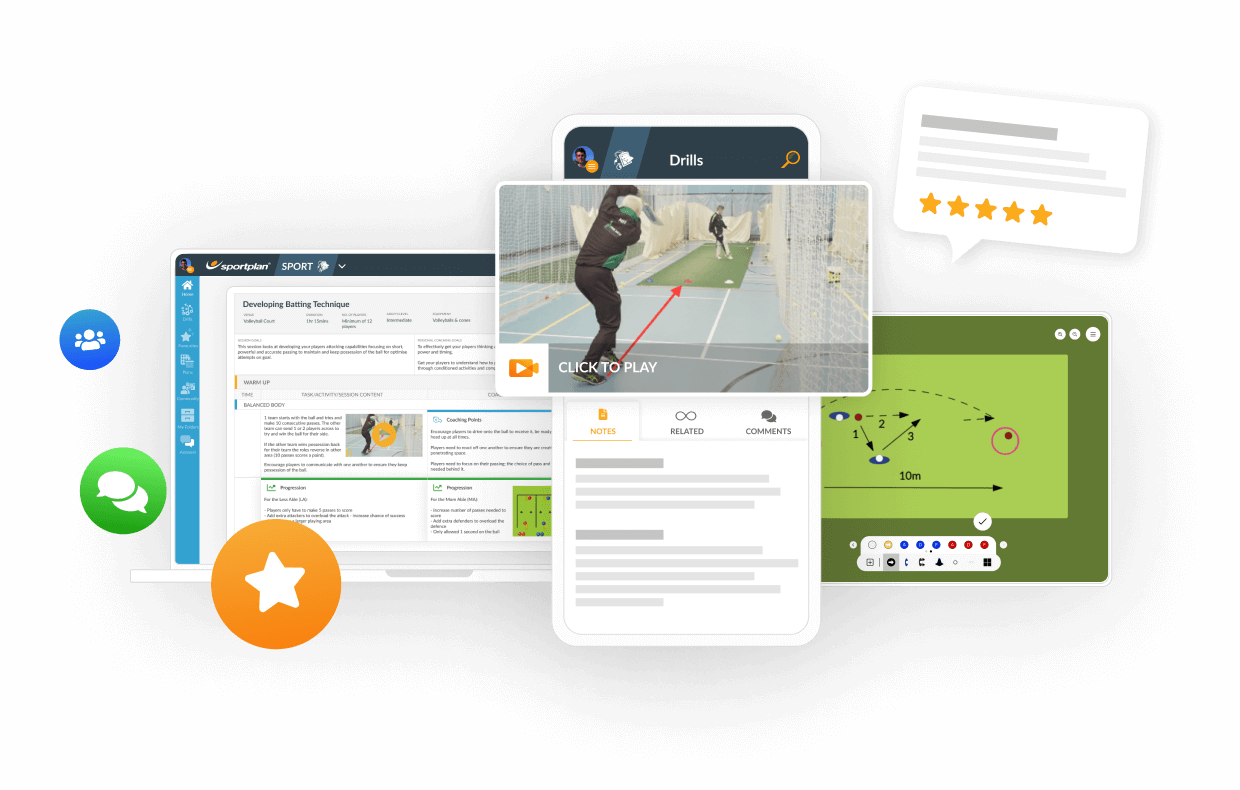Test cricket rewards patience. The great innings aren't about strike rates or boundary counts - they're about time at the crease, weathering difficult periods, and being there at the end.
Yet in a cricket landscape dominated by franchise T20, developing batters who can concentrate for six hours is increasingly challenging. The skills that win T20s can undermine Test performance.
The Concentration Challenge
Test batting demands a different mental approach than limited-overs cricket:
Time perception: T20 batters think in terms of balls remaining. Test batters think in sessions. The mental framework is fundamentally different.
Risk calculation: In T20, the risk of getting out is weighed against run rate requirements. In Tests, the risk of getting out is weighed against nothing - survival is its own value.
Attention spans: Modern players have grown up with constant stimulation. The quiet periods in Test cricket - between balls, between overs - feel longer to brains trained for rapid input.
Building Concentration Capacity
Concentration is trainable. Like any skill, it develops through progressive overload:
Extended net sessions: Move beyond the typical 20-minute net. Build towards sessions lasting 60-90 minutes, simulating the physical and mental demands of Test batting.
Simulation practice: Create match scenarios with realistic rest periods between overs, drink breaks, and the rhythm of Test cricket. The training environment should mirror match conditions.
Mindfulness training: Simple meditation practices improve the ability to sustain attention and return focus when it wanders. Even 10 minutes daily builds the mental muscle.
Ball-by-Ball Focus
Elite Test batters don't concentrate for six hours continuously. They concentrate intensely for each delivery, then release.
The cycle:
- As bowler begins run-up: increase focus
- At delivery: peak concentration
- After the ball: release, breathe, reset
- Between overs: complete mental break
This rhythm prevents the exhaustion that comes from trying to maintain constant high concentration. The releases are as important as the focus periods.
Managing Difficult Periods
Every Test innings includes periods where survival is the only goal - new ball spells, turning pitches, tricky light. Mental strategies for these phases:
Shrink the game: Don't think about session targets or day totals. Focus only on the next ball. The rest takes care of itself.
Process goals: Rather than outcome goals (don't get out), focus on process goals (watch the ball onto the bat, move feet first). Process focus is controllable; outcomes aren't.
Positive self-talk: When survival becomes dominant, the internal voice often turns negative. Consciously redirect to positive or neutral statements.
Technical Adjustments for Test Cricket
Test batting technique differs from T20 in key ways:
Leave the ball: The ability to not play is crucial. Knowing when a ball doesn't need a response and having the discipline to not respond.
Defensive solidity: The forward defence, often neglected in white-ball cricket, becomes a primary scoring shot. Dead bat, soft hands, ball dropping safely.
Back foot options: Against quality bowling, the back foot punch and cut become essential. These shots require less risk than drives against moving balls.
Rotation: Singles keep the scoreboard moving and the mind engaged. Running also creates mini-breaks in concentration.
Practice Structures
Survival innings: Set a target of time rather than runs. "Face 100 balls" rather than "score 50 runs." Judge success by duration, not productivity.
Consequence practice: Create consequences for dismissal - extra fitness work, loss of batting position, whatever motivates. Match-like pressure improves match-like performance.
Video review focus: After practice innings, review the deliveries you got out to in recent matches. Recreate those specific scenarios and practise survival responses.
Physical Preparation
Mental stamina connects to physical stamina. Long innings require:
Aerobic fitness: The ability to maintain light activity for extended periods without fatigue
Core endurance: Hours in batting stance stresses the lower back. Build endurance, not just strength
Nutrition strategies: What to eat and drink during breaks to maintain energy without causing sluggishness
Heat/humidity tolerance: Training in challenging conditions builds resilience for Test cricket environments
Key Coaching Points
- Concentration is a skill that can be trained through progressive overload
- Focus intensely on each ball, then release completely between
- Shrink the game during difficult periods - next ball only
- Technical adjustments for Test cricket differ from T20
- Physical preparation underpins mental stamina
























